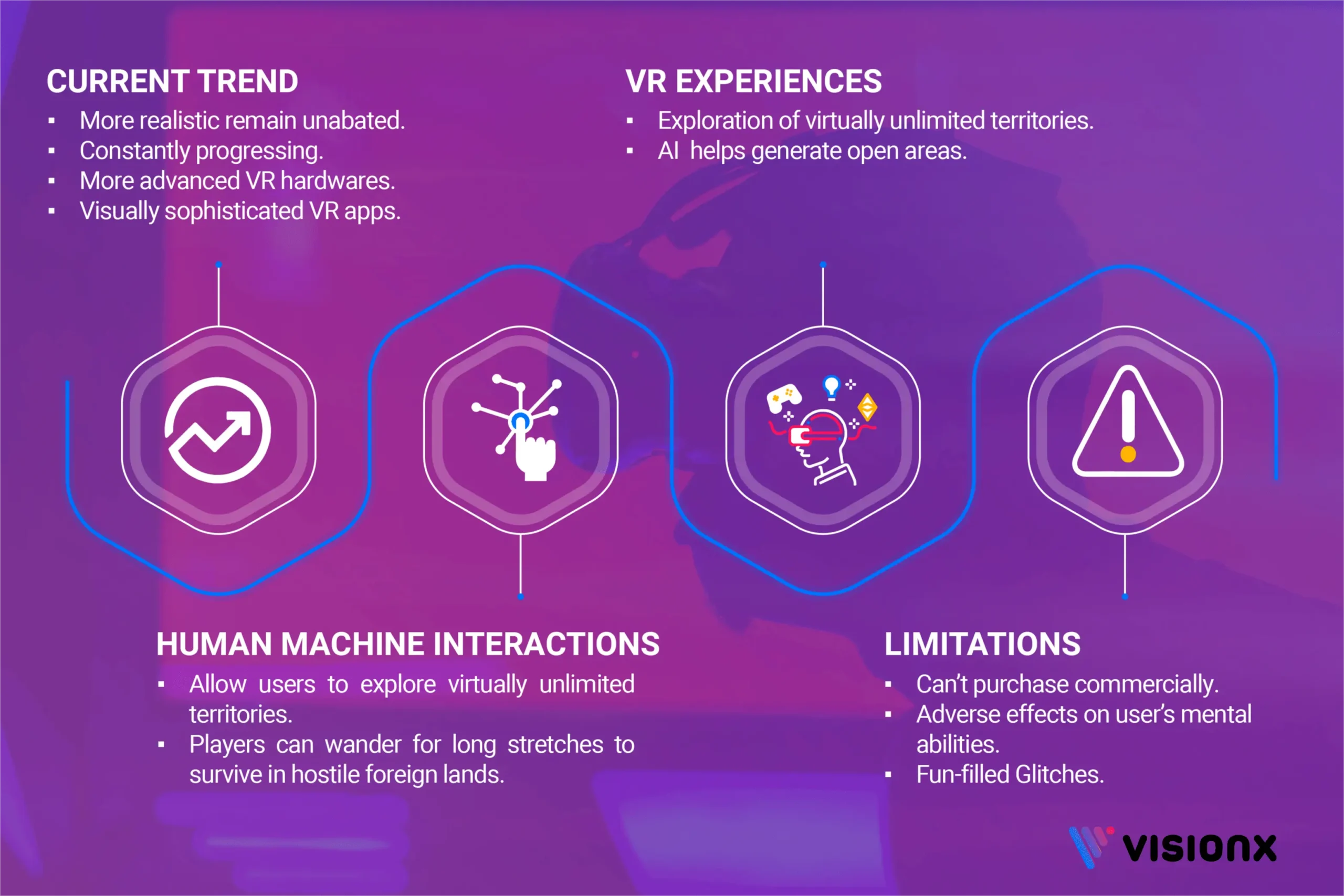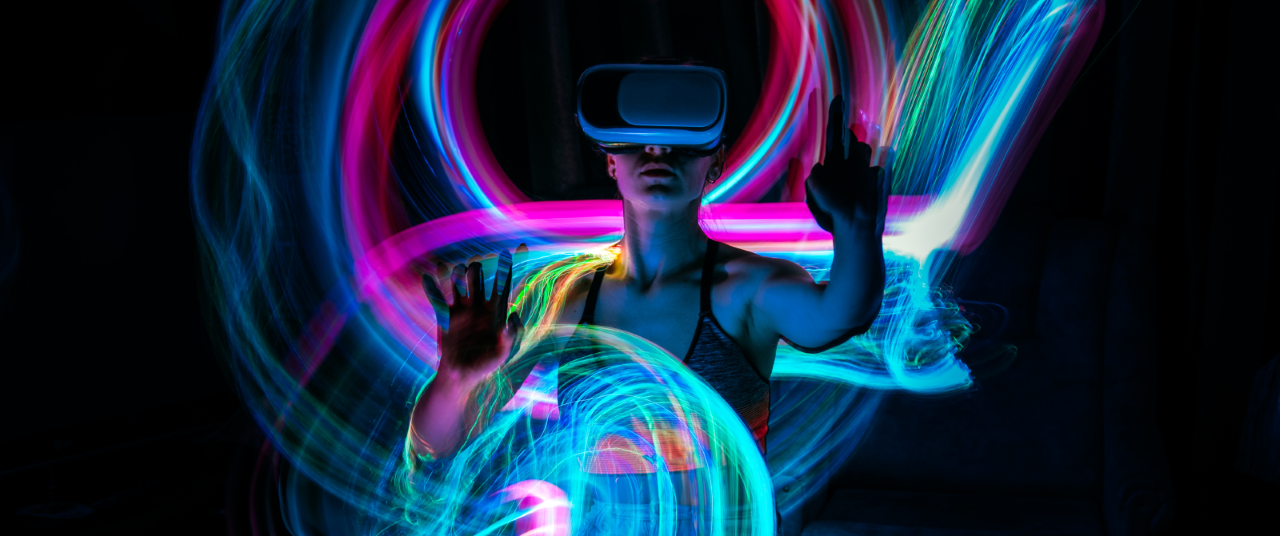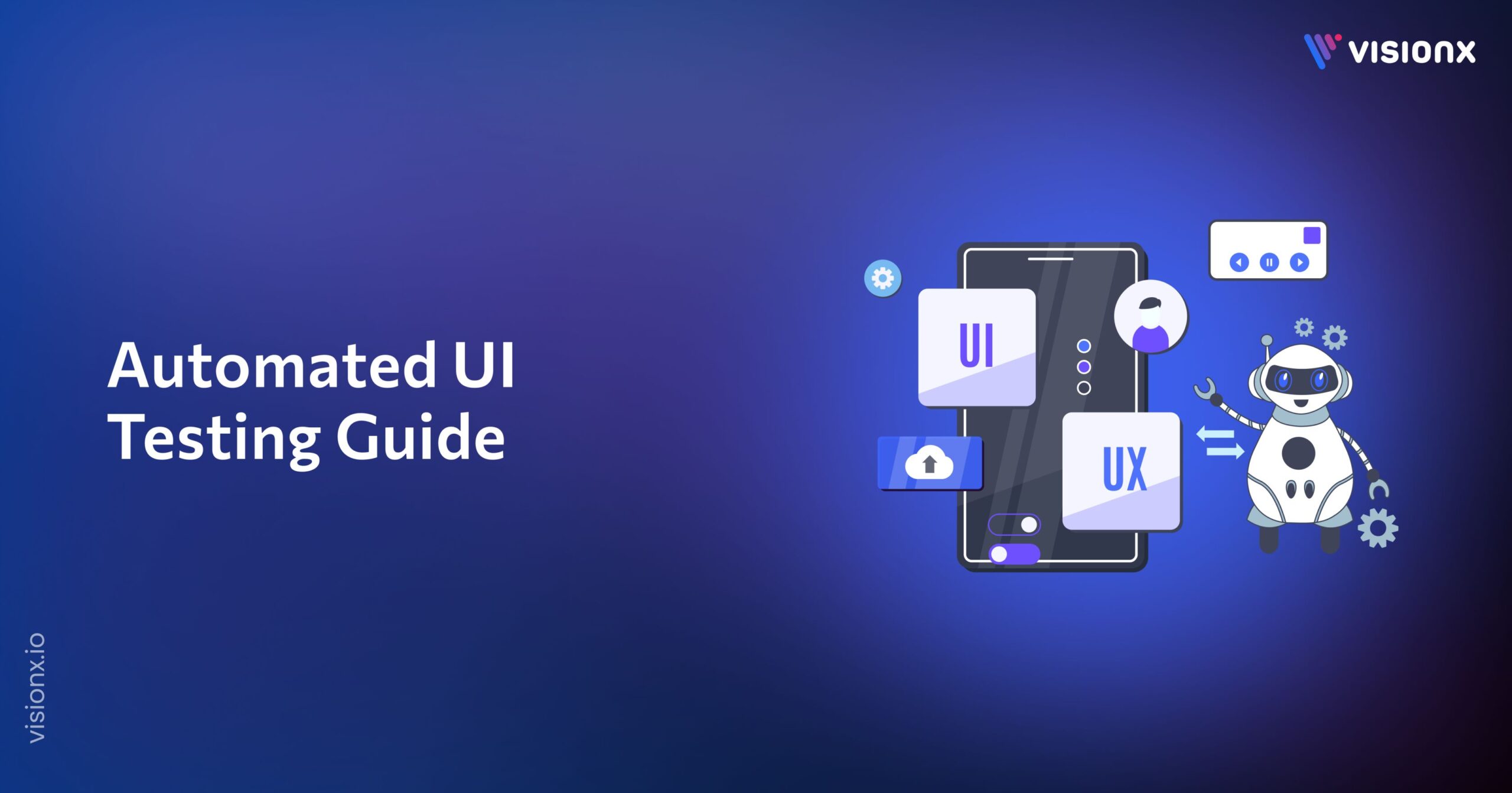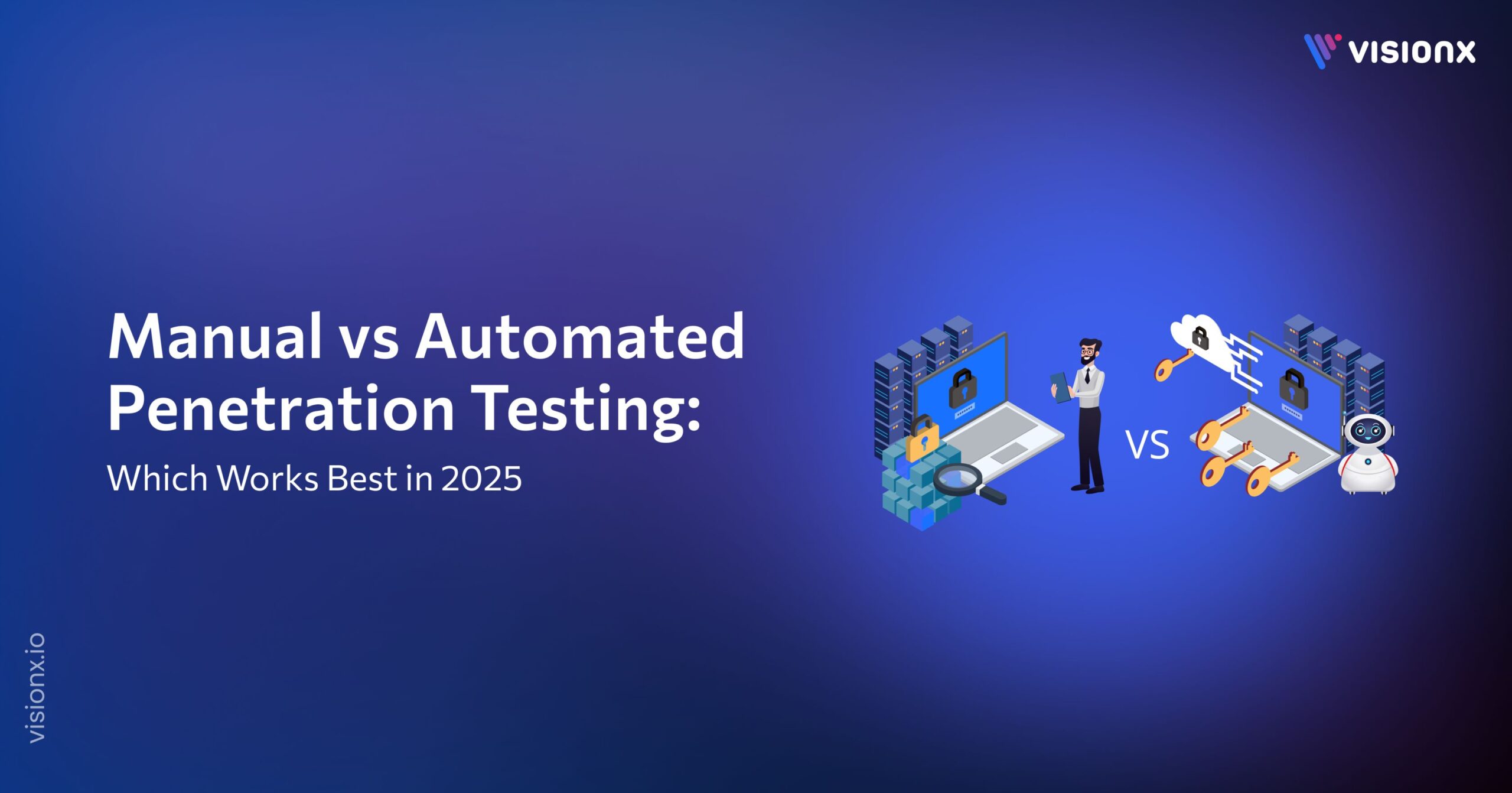When using a Virtual Reality app via a VR headset, you feel far from reality with those stunning graphics and breathtaking emotions. You feel your couch against your back as you move with a game controller in real life. You take off your helmet, and that computer-generated fantastic, albeit false, reality vanishes.
Full-body Virtual Reality is like lucid dreaming: you get signals from your body and the outer world. But you have no idea where you are, where reality ends and fantasy begins. Over the past few decades, virtual reality has come leaps and bounds.
This sounds like a perfect adventure, but is it possible?
Towards Full-Depth Diving Technology, How Far are We?
In the present day, full dive VR systems are already becoming more immersive. Users can translate physical movements into virtual data through different hardware components. Players can interact with items and entities in virtual spaces using handheld motion sensors such as those found in HTC Vive and PlayStation VR headsets. The Virtuix Omni and Kat Walk Mini are 360-degree treadmills that are another step up. The treadmills allow users to walk around in these 3D spaces while walking in reality.
As an inverse, we have haptic technology, which converts digital data into physical sensations. Several companies are developing haptic gloves that relay touch, pressure, and temperature sensations in virtual space. This allows users to manipulate virtual objects physically. Additionally, some companies offer full-body haptic feedback that simulates the same physical sensations throughout the body. Although haptic technology is still somewhat limited, breakthroughs in the last few years alone indicate that VR will become much more immersive in the near future.

Current Trends in VR Development
Hopes of making Virtual Reality more realistic remain unabated. Technologies are constantly progressing to enhance the experience. In addition to new, more advanced VR hardware, users gain access to visually sophisticated VR apps.
Evolution of Traditional Virtual Reality
The mainstream acceptance of Virtual Reality continues to grow. Full dive VR content is anticipated to grow in education and training, advertising and promotion, entertainment, etc. Using VR in the automotive industry, for example, creates an enjoyable experience for drivers and passengers and is productive for manufacturers.
As powerful devices become available, the quality of apps is also improving, offering virtual spaces a more ‘natural’ look and feel. Artificial Intelligence will enhance Virtual Reality to help developers create more powerful mobile applications to process more parameters.
VR is also becoming more accessible from anywhere, on any device, as web browsers continue to improve VR support.
The Open-World VR Experiences
Open-world VR is suitable for training and gaming. Currently, it is possible, although it may need some extra polish before reaching a broader audience.
Unlike most casual games, open-world Virtual Reality apps allow users to explore virtually unlimited territories. Artificial intelligence helps generate open areas where players can wander for long stretches to survive in hostile foreign lands or find new planets.
Human-Machine Interaction Improvements
A VR headset with wired controllers in their hands might be boring or impede players from experiencing VR fully. Researchers are continuously looking for more suitable alternatives to blur the line between real and virtual. In addition to EEG helmets, VR users can use electronic skin / e-skin. Using the latter will solve the problem of deactivating human muscles.
Most probably, e-skin deserves widespread acceptance as an alternative to brain sensors for those who love active moving but are skeptical about brain sensors.
Potential Limitations of Full Dive Virtual Reality
The idea that full-dive VR technology will be the end-all, be-all immersive technology is intriguing. Still, it is important to consider that it would have limitations like all technologies before.
- A full dive VR headset will not be cheap to purchase commercially. In the near future, even if the technology becomes a reality. The cost of VR would probably be as high as what businesses could sell it for initially.
- Although we talk about total immersion in full dives, it’s pertinent to note that even if we were utterly elated from the real world, we wouldn’t be able to avoid the commercial interests of companies who sell these experiences.
- The entire experience of full dive VR technology will be entirely software-based. Poorly designed, or even well-designed, but rushed VR worlds would undoubtedly be filled with fun-filled glitches and perhaps even experience-breaking problems.
- Additionally, an inordinate amount of time spent in normal virtual reality is said to have adverse effects on a person’s mental abilities. If full dive VR is truly implemented, health-related caveats may apply, primarily if it is implemented in the style of Sword Art Online, which essentially puts the user in a half-sleep state with no movement at all.
Conclusion
Will full dive VR technology be embedded in devices in the coming decade? It’s unlikely. At least not to the degree we’ve grown accustomed to. 20 years from now? Possibly. Although it could be a future technology, at this point, it feels overdue. While our imaginations have allowed us to contemplate what such an experience could be like, the technology to create full dive VR still has a long way to go.
The bioethical concerns will remain even when technology catches up, which may take more years. That’s the real sticking point holding back technology’s viability as a business model. But when it does, we will be headed for a revolution enticing enough for the world to embrace fully.
As businesses explore the potential of full-dive VR, they need a partner to help them bring their ideas to life quickly and efficiently. That’s where VisionX comes in. With its global team of experienced product managers, designers, and software developers, VisionX is uniquely positioned to help businesses in the VR and AR sector build innovative, high-quality products that deliver great user experiences.
Whether you’re a startup looking to disrupt the VR industry or an established company seeking to innovate, VisionX can help you build great software and products. Contact us today to learn how we can help your business succeed.


